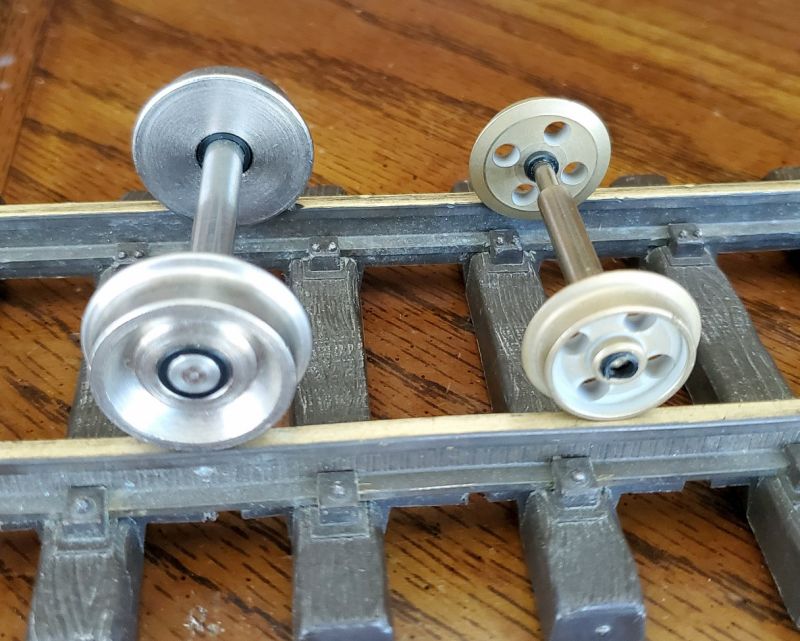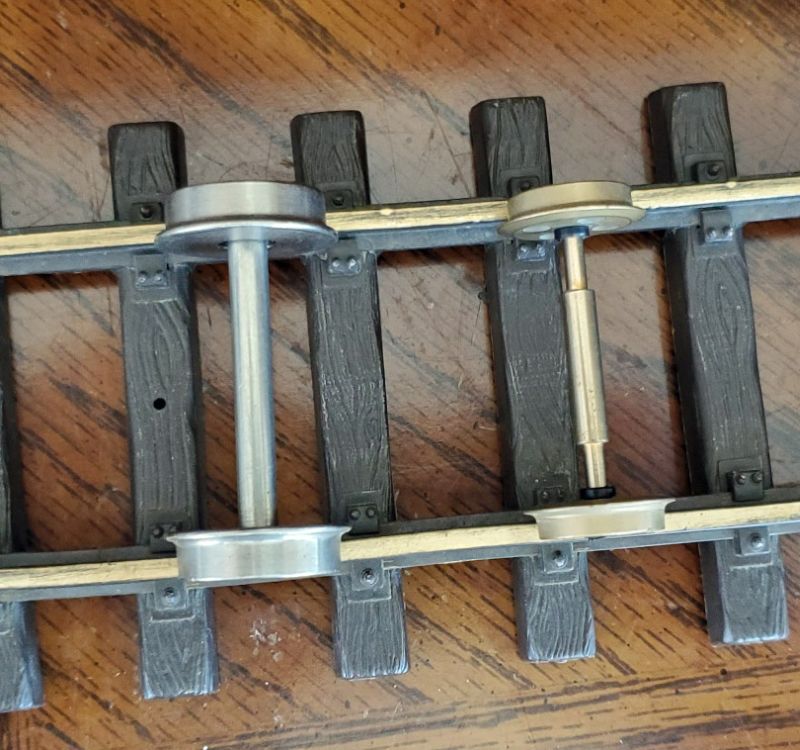Aloha,
2021 is fast upon us, and I am busy evaluating options and budgeting the casbh for the main push in 2021, the “Rehabilitation of the Missile Sponges,” the upgrading to near-model status of cheaper motive power we acquired to let the youngest visitors and crew interact with the Triple O. To that end:
- Has anyone tried / used the motor blocks from Smallbrook Studio (link)?
- Will they hold up to the elements, namely rain, high humidity, high temperatures, and proximity to the coast?
- Are they relatively rugged?
- Are they suitable for a loco to pull a string of LGB Fedlbahn-series / HLW mini- style cars? How about a single or a pair of “full size” 4-axle cars?
- Has anyone ever combined them with a Magnetic Critter Control (link)?
The possible intended purpose(s) include:
- New power for a battery powered LGB m2075 Christmas Thomas. This would be a “plantation loco” and, in season, our Christmas tree loco.
- New power for the EZ-TEC “prairie” Gordon. As mentioned elsewhere, intent is to make this think look like a 1:24-ish road engine. It would pull one or two coaches to emulate the pictures I’ve seen of real OR&L consists.
- New power for the B’mann railbus Charlie. Pete helped get this thing running, and then it “Bachmann-ed.” Again. Like everything else I own from them. This would involve relatively major surgery, replacing the drive axle with this motor block and enclosing the batteries in a cargo bin.
Thanks in advance for your thoughts,
Eric

